

We may earn revenue from the products available on this page and participate in affiliate programs. Learn More ›
“Firm” Is Relative
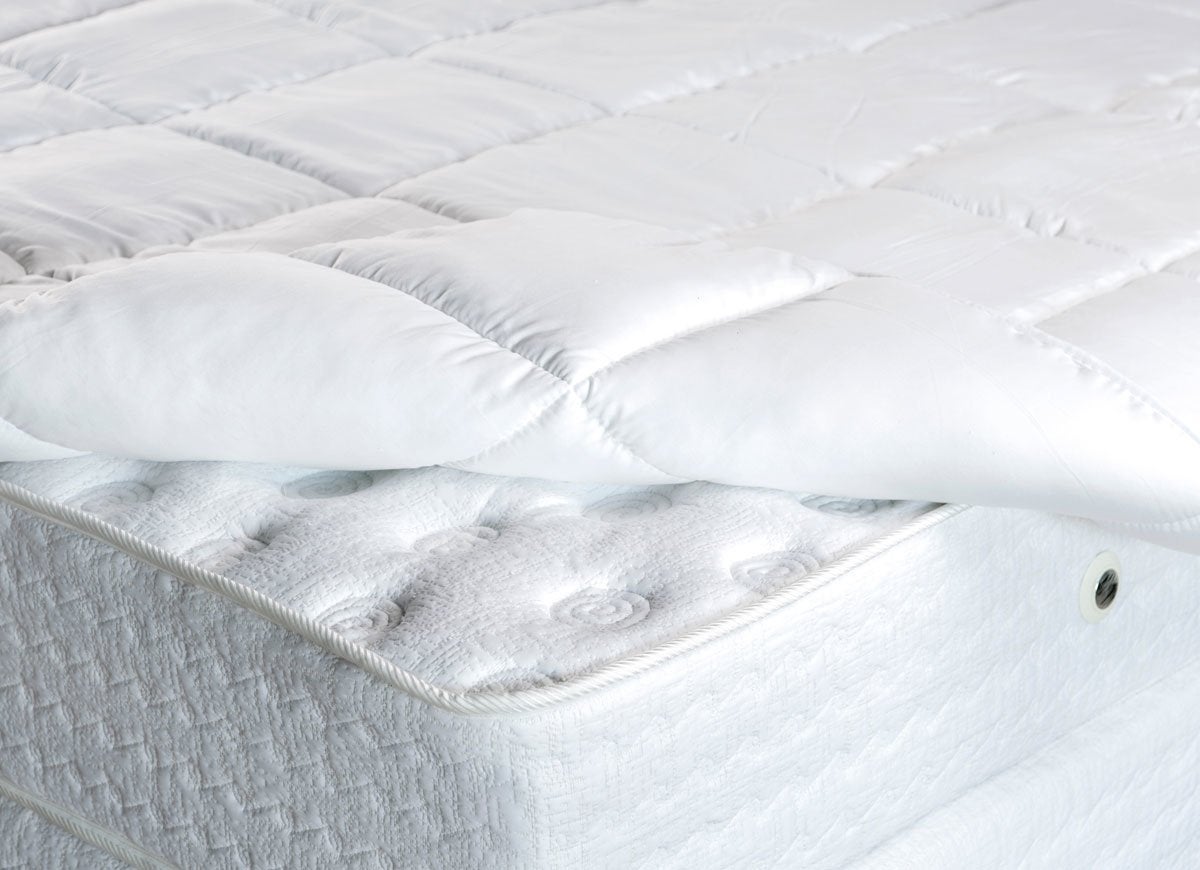
Every manufacturer has different standards of “firm,” “medium,” and “soft,” so you can’t always determine the density through labels. Always test out a mattress before buying it, and don’t make a decision based solely on the tag.
Related: 12 Things No One Tells You When You’re Buying a Mattress
Prices Are Negotiable

Buying a mattress is a lot like buying a car. Prices vary greatly, and you can—and absolutely should—negotiate. Decide on a budget before you start shopping, and stick to it. Given the vast number of mattresses on the market, you’re bound to find something in your price range. Plus, most stores will match a lower price you find elsewhere.
Price Doesn't Indicate Quality
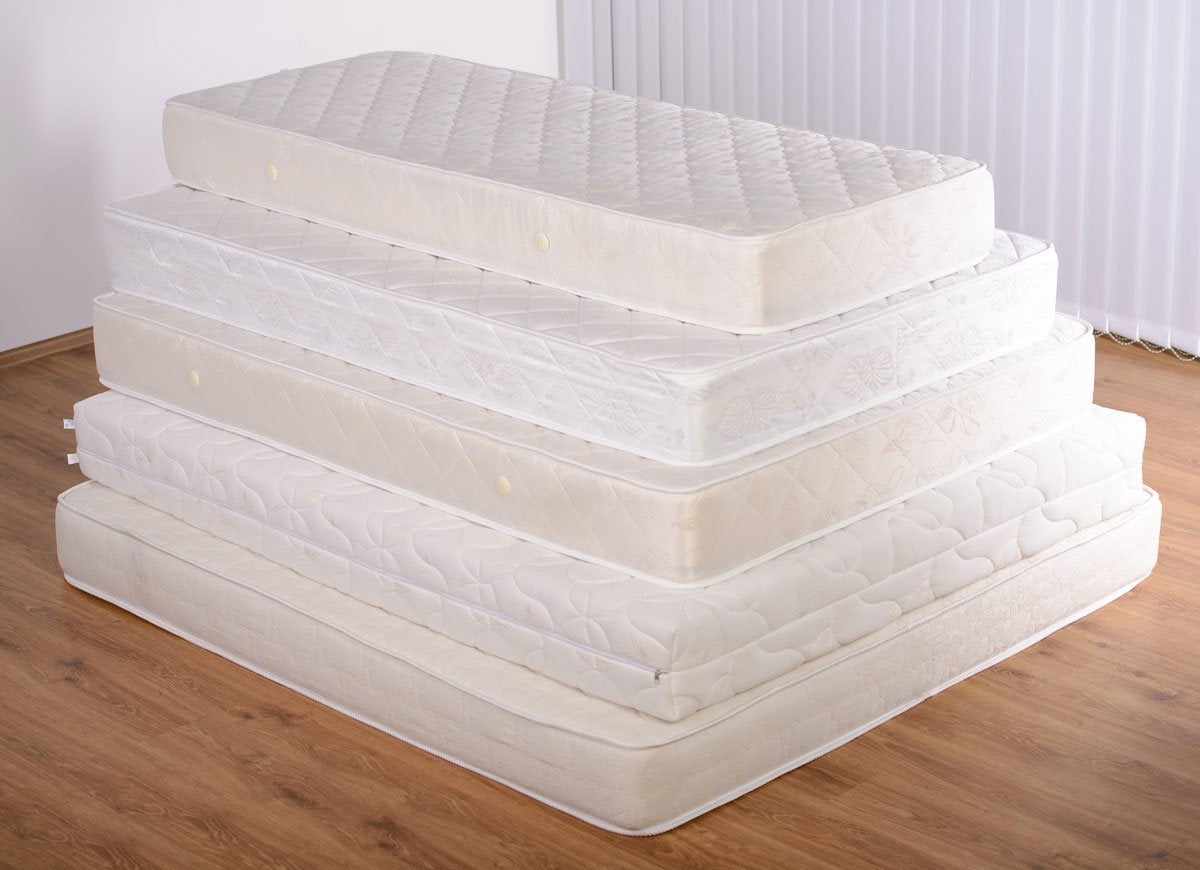
Just because a mattress is more expensive doesn’t mean it’s better quality. While most mattress companies have luxury options for customers who desire top-of-the-line products, the best mattress for your specific needs might be on the cheaper side—and there’s nothing wrong with a bargain!
Related: 21 Money-Saving Tricks That Every Homeowner Needs to Know
Consumers Can Get a Trial Run
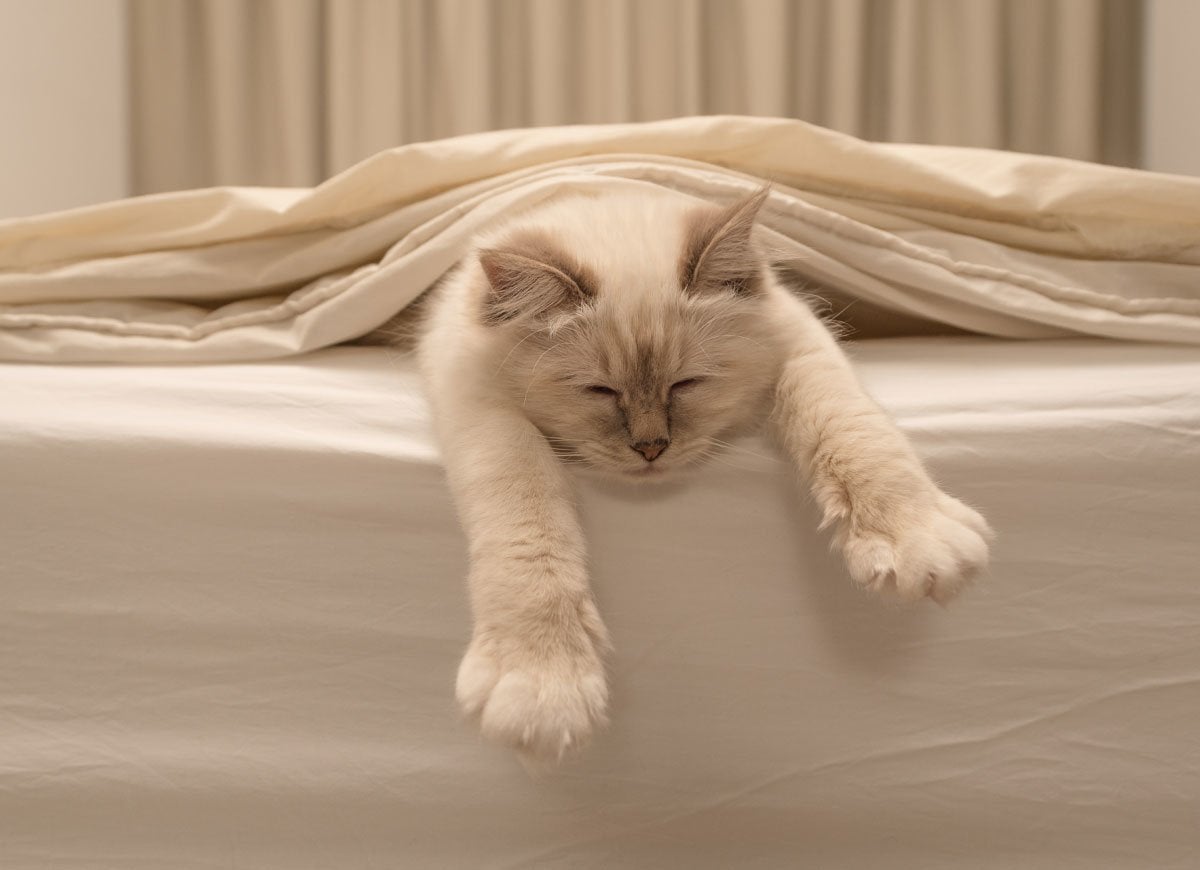
All consumers should test out mattresses in the showroom. But lying on a bed for five minutes in your street clothes in a busy store during broad daylight won’t give you an accurate sense of the product. See if your retailer offers a 30-day trial that allows you to exchange the mattress if you’re unhappy.
Related: Sweet Dreams: 15 Inventive Beds You Can Make Yourself
Buying a Mattress Takes Time
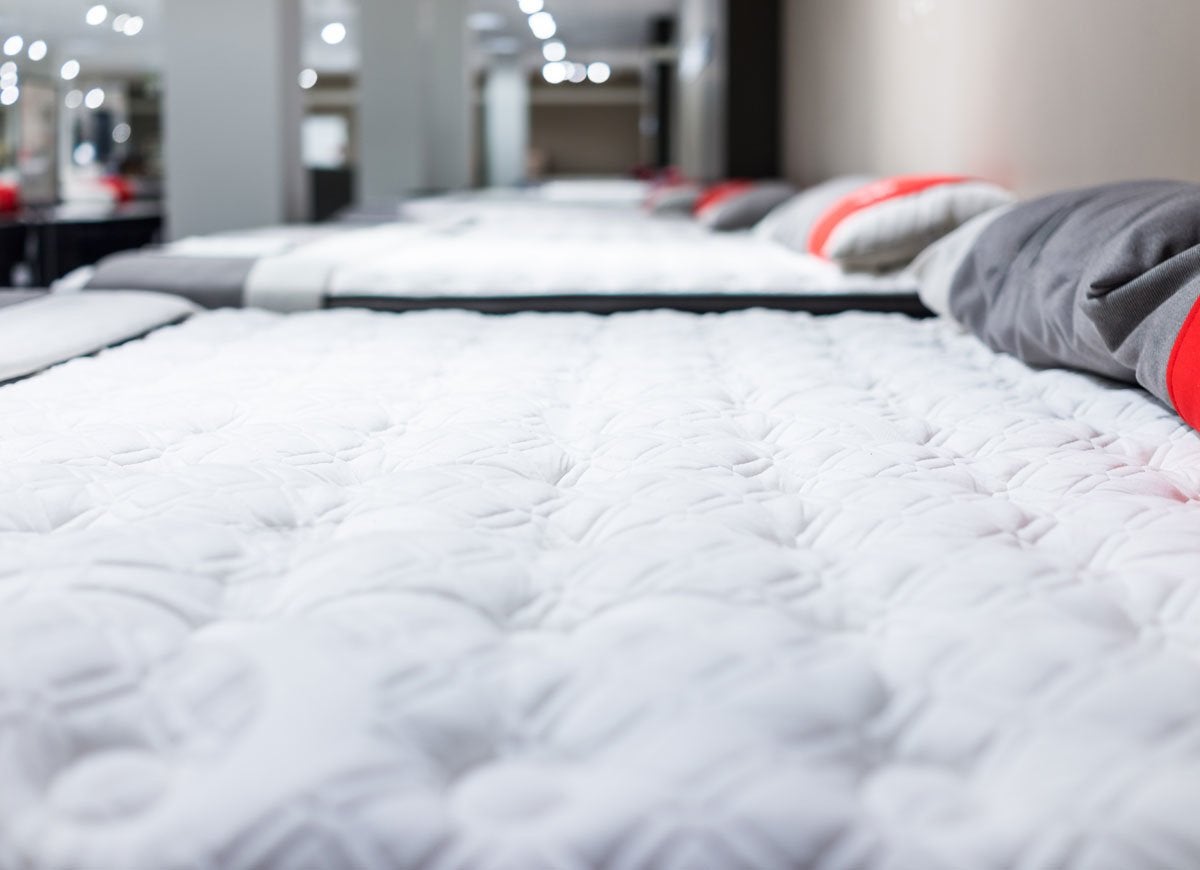
Buying a new mattress isn’t a transaction you can complete during your lunch break. Finding the right product takes time, effort, and careful consideration. Expect to spend at least an hour on your first mattress store visit, and don’t worry about walking out without a purchase. You’ll probably need to visit several stores and compare options before you’re ready to pull the trigger.
Related: How to Decorate a Bedroom
Measure Your Space First

Ensure that you’re getting the right mattress for your bedroom. Queen- and king-size beds work well for couples, but not all master bedrooms can comfortably accommodate a king. Measure your space before heading out to the store so you can make the best choice for your bedroom. Note also that if you’re upgrading to a larger mattress, make sure the route to the bedroom can accommodate the bigger size, paying particular attention to any stairways and sharp turns the new mattress will need to navigate.
Related: 21 Ways to Make a Small Bedroom Big
You Can Buy Online, But Be Careful

Homeowners with a preference for Internet shopping can purchase a mattress online, but there’s one major downside: You can’t try it out beforehand. If you decide to buy this bedroom staple virtually, protect your investment and your long-term comfort by choosing a site with a free return policy.
Related: 21 Money-Saving Tricks That Every Homeowner Needs to Know
Not All Warranties Are Created Equal

Before buying a mattress, make sure you clearly comprehend the warranty. A full warranty completely covers repair and replacement, while a prorated warranty typically offers less coverage over time. If, for example, your mattress has a 10-year full warranty plus a 10-year prorated warranty after that, you’ll be reimbursed for only a portion of the repairs after 10 years. What’s more, normal wear and tear typically isn’t included in a warranty.
List Prices Are Fake

If you’re shopping for a mattress in a department store, you’re likely to find the retail price to be drastically higher than the offered price. That’s because department stores falsely inflate prices to trick consumers into thinking they’re getting a deal. Understand that you’ll be able to secure that same lower price at any time, and don’t fall victim to whatever “sale” a company is running.
Related: Beyond IKEA: 10 Other Places to Get Affordable Furniture
You Don’t Need a Box Spring

Although you need a support system underneath your mattress, it doesn’t have to be a box spring. Instead, consumers can choose to put a mattress on a platform bed, foundation, or even the floor. Any method of support will ensure that you don’t void your warranty, no matter what the salesperson says—but always read the warranty yourself!
Pillow Tops Aren’t Necessary
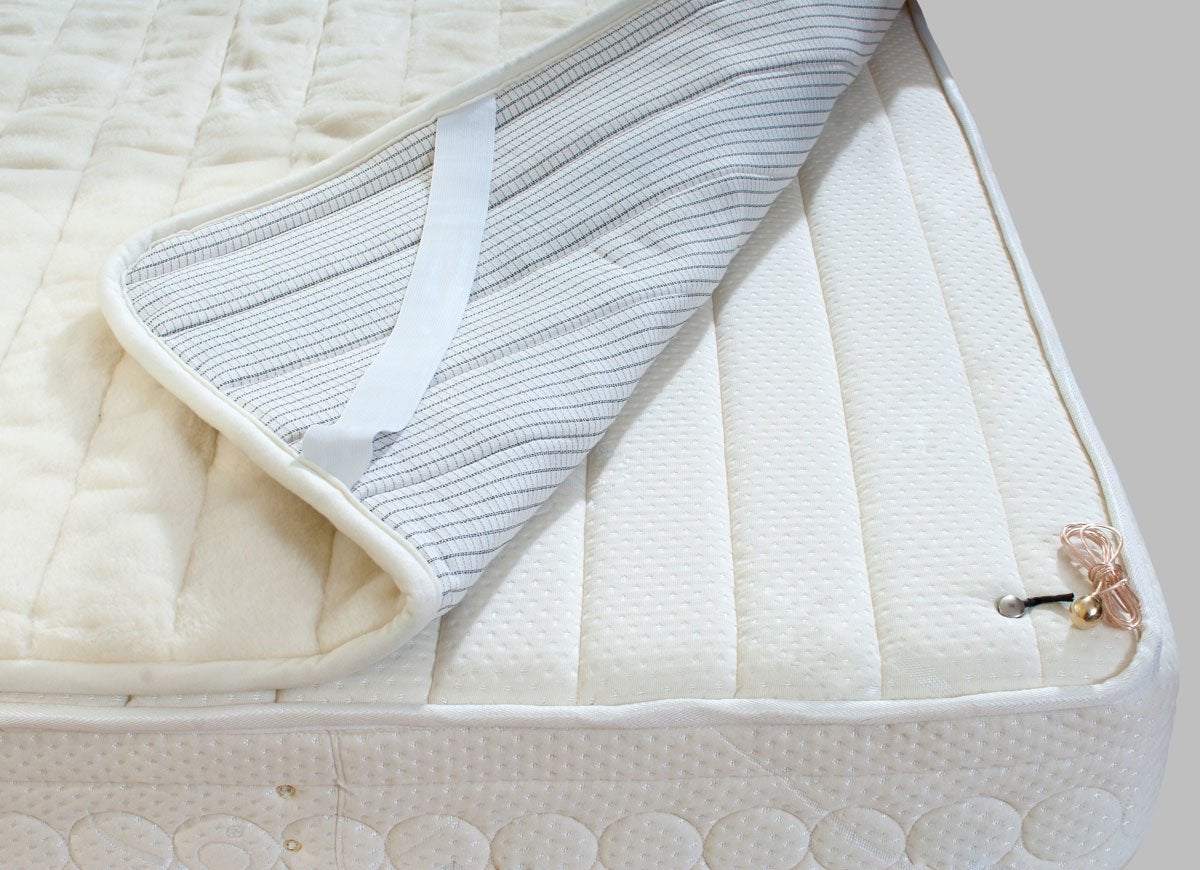
Pillow tops add an extra cushiony layer of comfort to a mattress, but they can cost a pretty penny. You can achieve the same level of comfort for a fraction of the price by buying a high-quality standard mattress, then adding a thick mattress topper.
Related: 9 New Ideas for Shared Bedrooms
A Good Mattress Is Worth the Splurge

While mattresses run the gamut in quality and price, we recommend buying the best you can afford. After all, people spend one-third of their lives sleeping, and a good night’s rest helps the body re-energize. It’s not necessary to buy top-of-the-line luxury varieties, but always opt for a high-quality product, and treat your mattress like the serious investment it is.
Make Good Choices
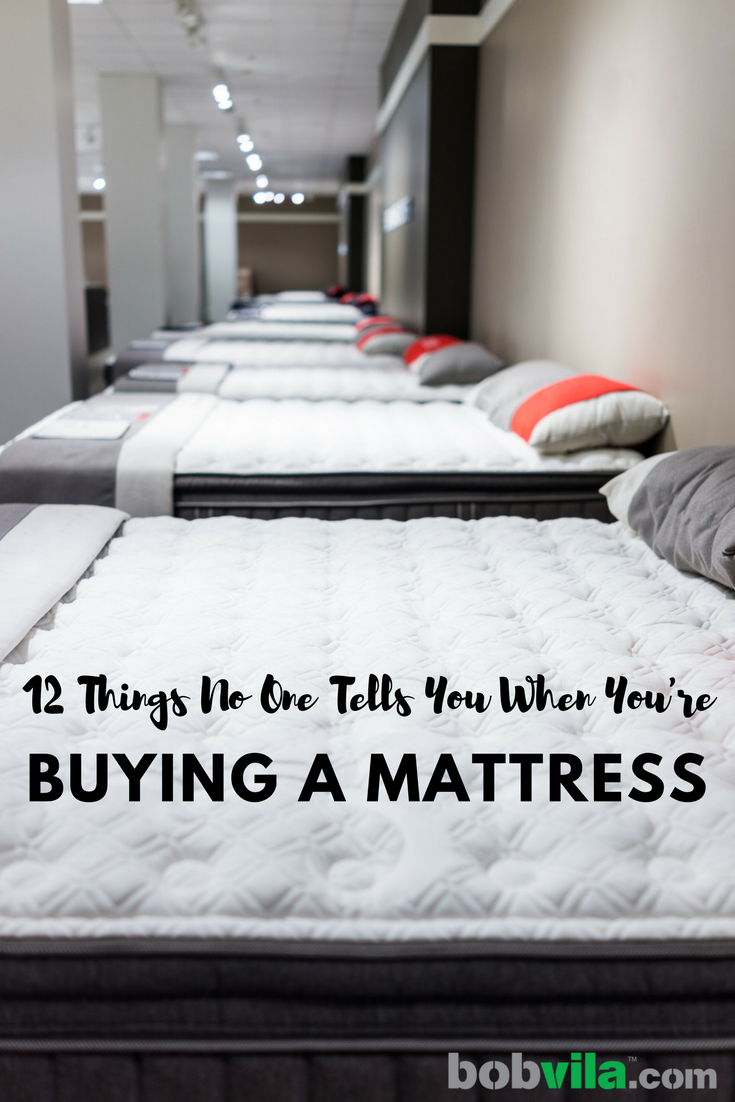
Still feeling a bit intimidated about having to buy a new mattress? Read these 10 additional facts before you go to the mattress store. And when you do finally get your brand new mattress, don’t make these mistakes that add to the wear and tear.

Everything You Need for a Lush and Healthy Lawn
Keeping your grass green and your plants thriving doesn’t just take a green thumb—it starts with the right tools and supplies.